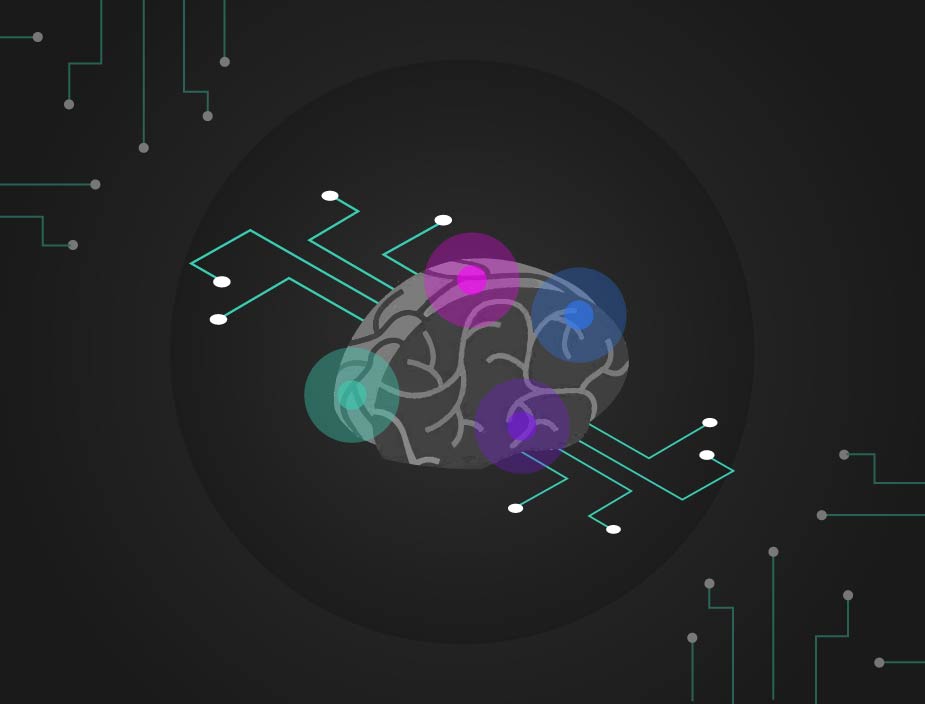AI Talent: The Scramble is On for Businesses
/ Wed, 06/19/2024 - 17:01
Submitted by
milca.jago
on June 19, 2024
The race for artificial intelligence (AI) talent is heating up, creating a scramble for businesses trying to leverage this powerful technology. This article explores the challenges and strategies IT leaders are employing to navigate this competitive landscape.
The AI Talent Gap: A Growing Hurdle
John Napoli, leading AI transformation at Guardian Life, exemplifies the struggle. While eager to scale his company's AI initiatives, he faces a fierce competition for highly sought-after AI skills. A 2023 survey by Access Partnership and AWS paints a stark picture:
- 92% of employers expect to use AI solutions by 2028.
- 73% prioritize hiring AI talent, but 75% struggle to find it.
Why is the AI Talent Pool Shallow?
The complexity of AI talent needs adds to the problem. IT leaders require individuals with:
- Expertise in enabling and managing AI within enterprise applications.
- Understanding of how AI capabilities can benefit the business.
- Deep AI skills like building machine learning models.
- Ability to manage emerging risks and compliance issues associated with AI.
Strategic Approaches to Filling the Gap
Despite the challenges, IT leaders are developing multi-pronged strategies:
1. Building and Buying Talent
- Guardian Life's approach:
- Identify required skills and their location within the organization.
- Target a mix of existing and emerging skills – data wrangling, data engineering, large language models (LLMs).
- Recruit data scientists for model building, analysis, and hypothesis testing.
- Seek talent with expertise in explainability, bias detection, and business-oriented AI technologies.
- Transition existing roles to leverage AI tools.
2. Upskilling and Reskilling the Workforce
- Both Napoli and Orla Daly (CIO at Skillsoft) emphasize upskilling existing employees.
- Skillsoft offers training to build AI awareness across the organization and deeper training for specific roles (e.g., data workers on AI bias).
- Lunch-and-learns, mentorships, and cross-collaboration initiatives further spread AI knowledge.
3. Retention Strategies
Robust compensation, engaging work, and a culture of recognition are crucial to retaining valuable AI talent.
The Road Ahead: Challenges and Opportunities
The talent crunch is demonstrably slowing AI adoption, with only 10% of surveyed leaders reporting large-scale AI implementations (Nash Squared, 2023). Here are some key takeaways:
- Data analytics, data engineering, and AI skills are the most in-demand (though AI ranks slightly lower at No. 5).
- Top tech giants attract the most specialized AI talent due to brand recognition, large-scale projects, and generous compensation.
- Many CIOs turn to AI consultants and upskilling their internal workforce.
Conclusion
The AI talent challenge requires a multi-faceted approach. By combining smart hiring practices with effective training and retention strategies, businesses can overcome the talent gap and harness the full potential of AI.


